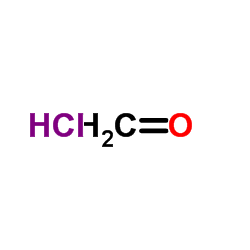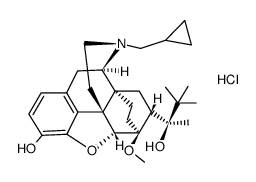| 结构式 | 名称/CAS号 | 全部文献 |
|---|---|---|
 |
盐酸美沙酮
CAS:1095-90-5 |
|
 |
美沙酮
CAS:76-99-3 |
|
 |
盐酸丁丙诺非
CAS:53152-21-9 |
|
 |
丁丙诺啡
CAS:52485-79-7 |